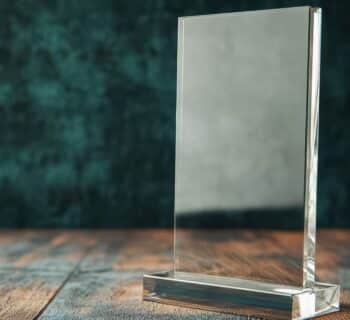Engraving and etching are two methods of creating an image on a hard surface such as metal or glass. Both techniques have been around for centuries and remain popular today for art pieces and decorative items. In this article, we’ll explain the differences between engraving and etching.
Engraving
Engraving is a versatile technique artisans use to create images or patterns on hard materials. There are several different types of engraving, including hand, machine, pantograph, and laser engraving. When hand engraving, artists use a tool to manually carve the surface of the material to create an image or pattern. Machine-engraved pieces use machines specifically designed for this purpose, often allowing for more detailed designs. Pantograph engravings use a computer numerical control machine to produce highly precise engraved images quickly and accurately. Laser engravings use lasers instead of tools to easily etch intricate designs into harder materials such as steel and titanium.
Etching
Etching is another technique used to create an image or pattern on a hard surface. The process involves using acid to burn away part of the material and leave behind a design that looks hand-engraved. There are several types of etching, each with its own unique advantages and disadvantages. The most common etching type is intaglio etching, which uses strong acids and heat to create deep engravings in metal plates or sheets. This method lends itself to artistic expression and industrial applications, creating intricate patterns on art pieces and complex designs needed for industrial purposes. Other popular methods include drypoint etching and photo etching.
The Differences
Both engraving and etching create a design or pattern on a hard surface. While they may appear similar, the two processes involve different techniques. Engraving is the process of using tools to cut into the material to create an image or pattern. In contrast, etching uses acid to burn away part of the material. Both techniques have advantages and disadvantages depending on your desired result. If intricate detail is your goal, engraving might be best due to how it allows artists to control pressure levels when cutting into materials precisely. Meanwhile, with etching, you can cover large areas more quickly thanks to modern methods, which can use light-sensitive chemicals for precise results on harder surfaces such as steel.
Now that you know the main differences between etching and engraving, you can better understand these techniques. If you are interested in custom engravings, check out Crystal Central’s stunning customized crystal gifts.






